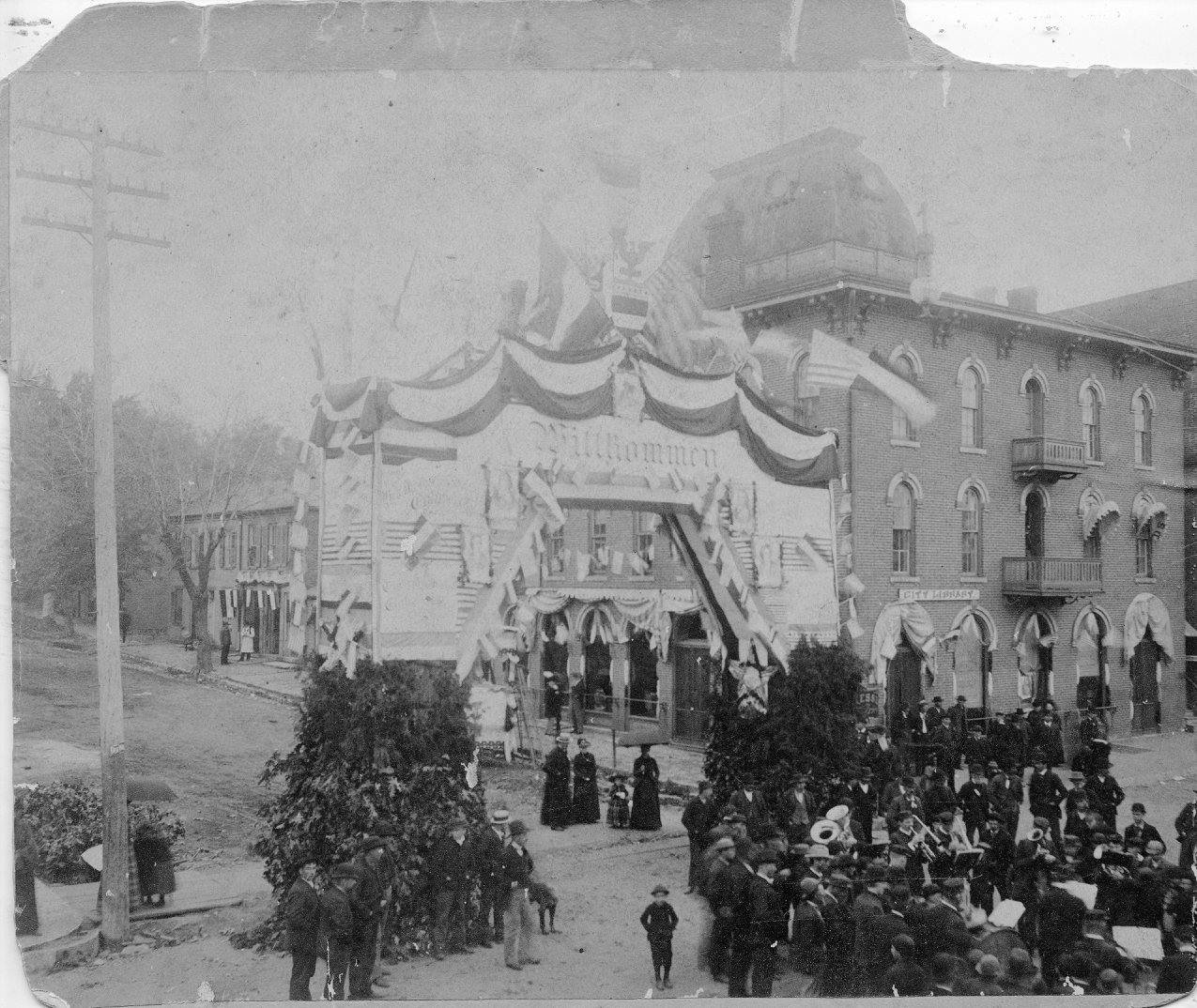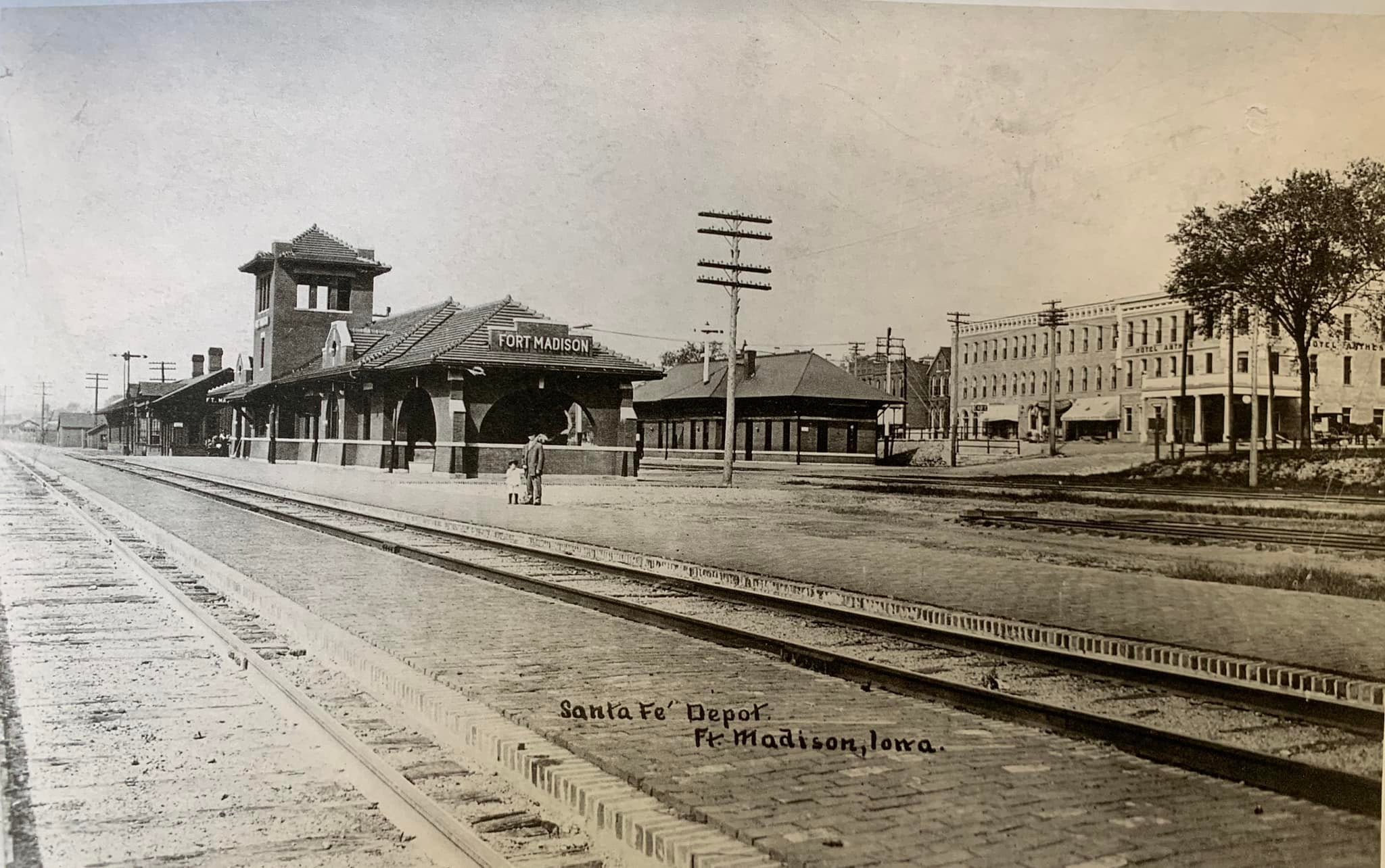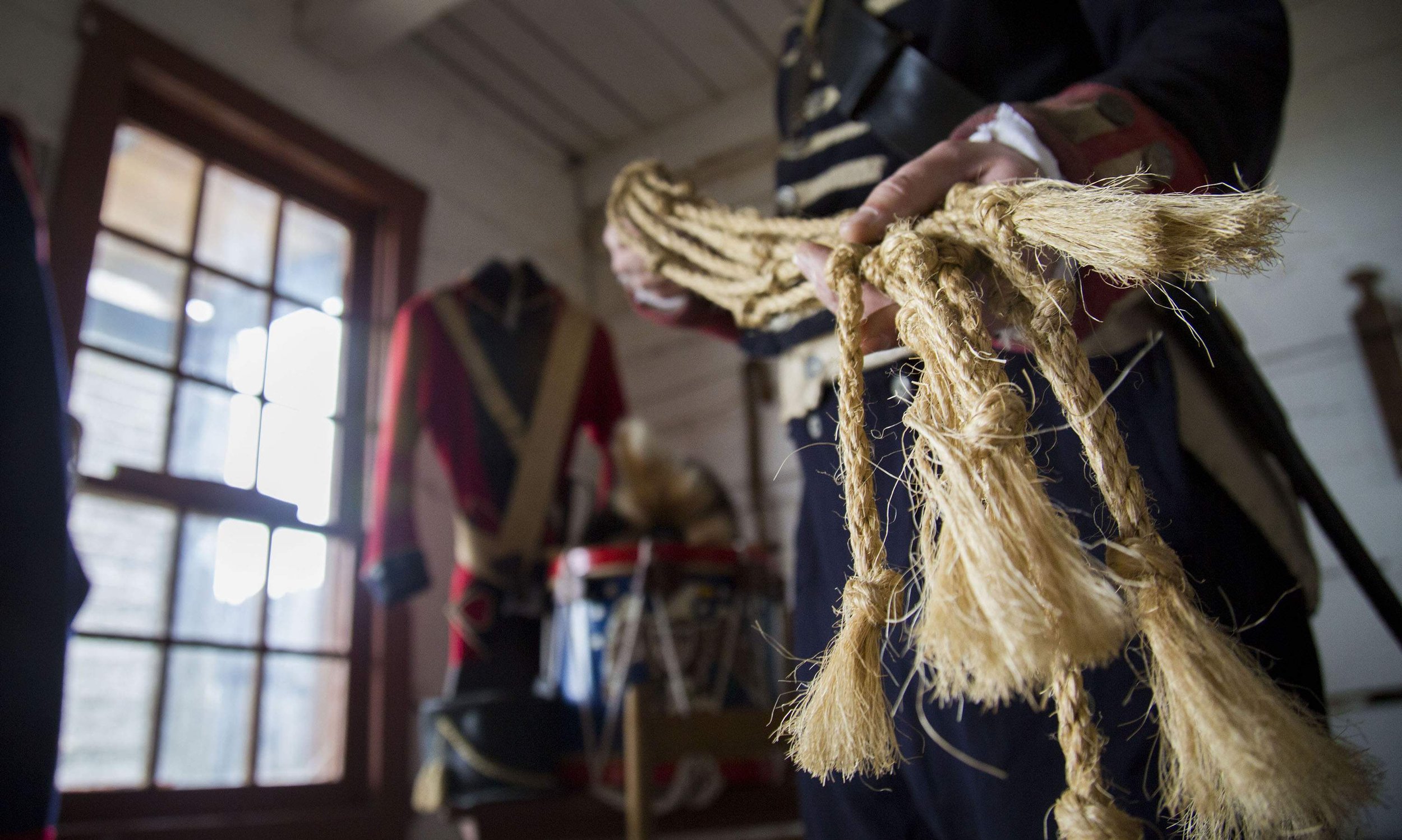Early Fort Madison History
Santa Fe Bridge
German Heritage
Fort Madison Area Museums
Hunold Heritage Museum
Take a unique glimpse into our past!
This is our town...a film about Fort Madison from 1954.
Documentary about the Historic Iowa State Penitentiary.
A tribute to W. A. Sheaffer.
Fort Madison Archeology of Old Fort Madison















